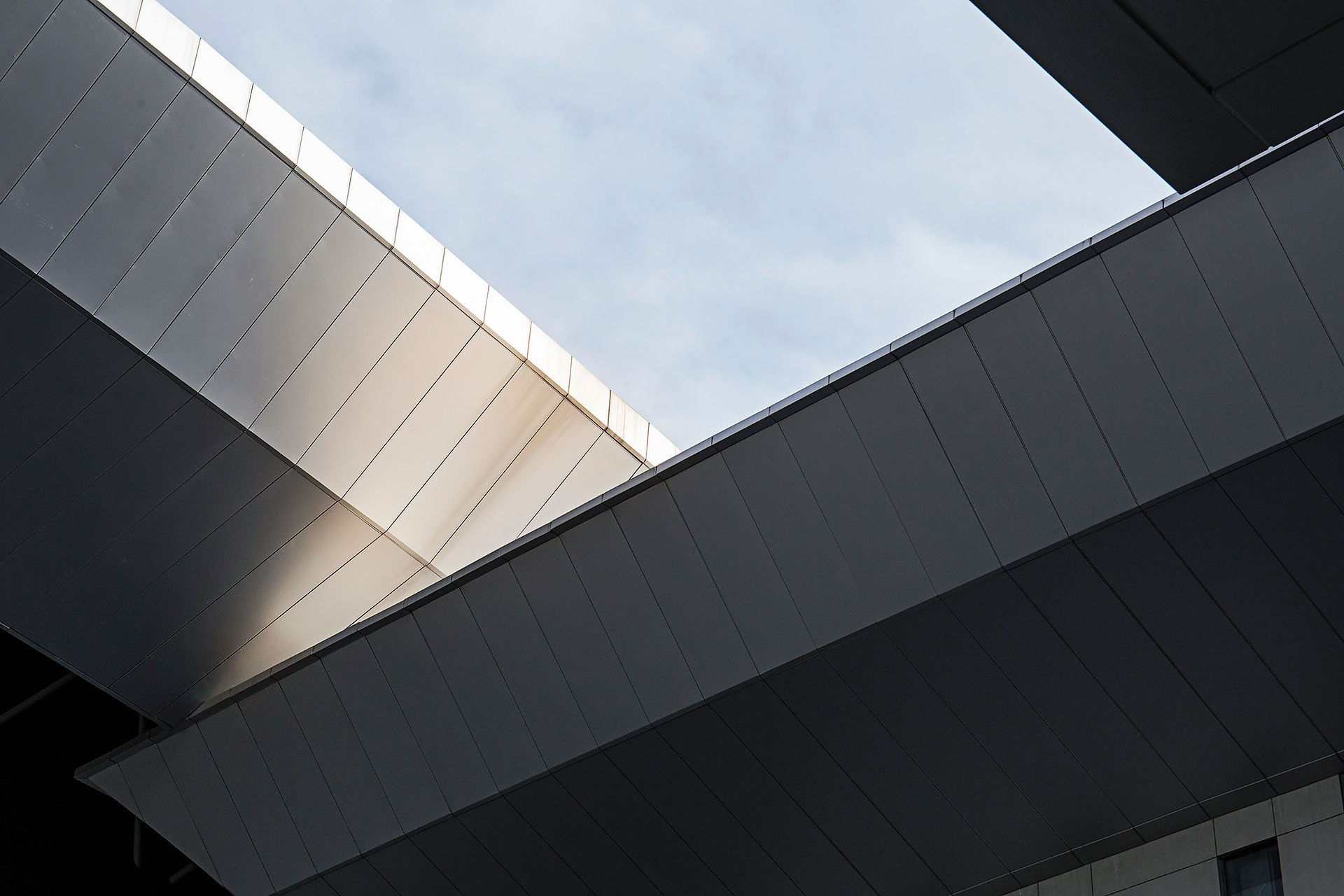IRR and the Partition of Risk
- michael61751
- Mar 9, 2023
- 3 min read
Here's a scenario: You just received an Offering Memorandum in your inbox for a commercial real estate investment boasting an internal rate of return (IRR) of 29% on a 5-year hold. This syndication is looking for investors to partake in this windfall and you are seriously considering the investment. It's in a good, growing location and it has an experienced operator that has several other assets. It almost seems like a 'no-brainer', and you'd be right unless you applied your brain to the IRR calculation. IRR gives you a rate of return on your cashflows while it's in the investment and consists of time value of money calculations that look like this:

Since IRR is a time value of money, there are some forward-looking assumptions that are made in regards to the investment, two of which can greatly skew the return projections: rent growth and future sale (reversion). However, there is a way to begin to understand and partition the IRR so that you get a sense of how much is weighted towards "more risky" and "less risky" assumptions. What do I mean by this? We can do NPV calculations on specific aspects of the investment from our cashflow worksheet and they are broken down as follows:
Preset Value (PV) of the appreciation
PV of the cashflow increases during holding period
PV of untrended cashflows (no increases)
PV of debt reduction (on fully amortized loans)
PV of the return of your initial investment
Here's a breakdown of the cashflow worksheet for this particular investment:

The purchase price is $10M and the intial investment is $4,354,667 with a 5-year IRR of 29.72%. They project to sell at a 6% cap rate based upon year 6 NOI, meaning that our net gain on sale after costs and depreciation is $9,160,629. We now have enough information to break this apart. Let's start with the two riskier aspects: future sale and rent growth.
We take the net gain on sale and depreciate it over 5 years at the discount rate (IRR), and it looks like this:

Therefore today's value of the appreciation discounted at 29.72% is $2,493,662.
2. We take cashflow increases over Year 1 and discount those at the same amount. It looks like this:

These combined are the higher risk factors of the IRR, because they rely on the forward-looking assumptions that get harder to predict the further away from your initial investment. What about the other three?
Well, the cashflow we're most certain about is the first year. We discount that. Principal reduction is less risky. If we aren't making our scheduled debt service payments, we have a much larger problem than IRR returns! The same can be said for the return of our initial investment. Here's how the final three discounts look:

The amazing part about math is that if you take all of the discounted PV's and add them up, it perfectly equals your initial investment! Ok, that's fancy, but what does it all mean?
Well, if we break it down as a percentage of the overall IRR, it looks like this:

This means nearly two-thirds of your overall IRR is based upon appreciation of the asset and projected rental increases. We would then need to drill down with the sponsor to understand their assumptions. What exit cap was utilized in the calculations and why? How was rental growth modeled and does this correspond to long-term trends in the submarket?
We can begin to ask questions to better understand the investment, but perhaps even more importantly, begin to understand if the sponsor understands these concepts. If you're projected IRR skews towards the riskier side, you need to ask yourself if the reward is worth the risk.





Comments